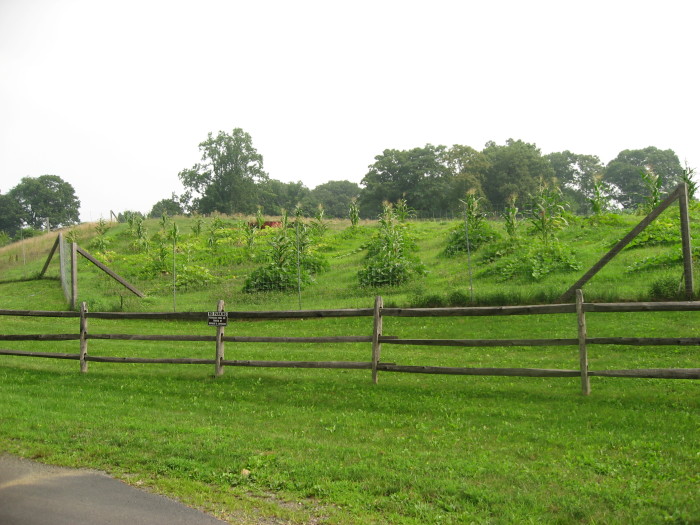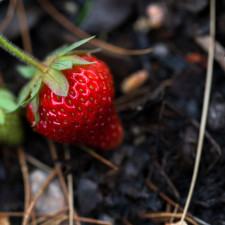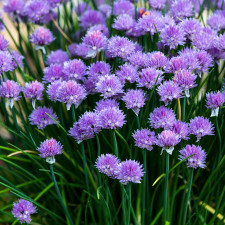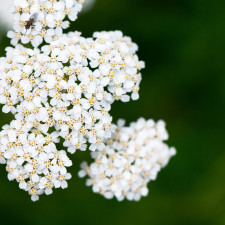Companion Planting
Some species are great companion plantings or are tried and true ecological winners. Traditional and well-known is the 3 sisters: Beans, corn and squash. Corn is the scaffold for the beans, which fix nitrogen for the heavy feeder squash, which shades the soil for the corn which needs consistent water and cool feet. Some add a fourth sister – a flowering plant, as a nectary source for pollinating insects.
Use companion planting to enhance one another’s growth or protect one another from pests:
- deep-rooted crop next to a shallow-rooted one (rhubarb and thyme)
- plant that tolerates part shade beneath a sun-loving one
- nitrogen fixing legumes inter-planted with heavy feeders (pumpkins and beans; white clover with annual herbs like calendula)
Other Benefits of companion planting:
- Hiding or masking a crop from pests,
- Producing odors that deter or confuse pests
- Providing trap crops which draw pest insects away from other plants,
- Nurse plants that provide breeding grounds for beneficial insects,
- Providing food to sustain beneficial insects as they search out their prey,
- Creating a habitat for favorable creatures.
Examples:
- Onions with Strawberries (protects against slugs)
- Spinach and strawberries (spinach plugs fill in strawberry holes)
- Rue with roses and raspberries, blue tidy with canes and bright green
- Feverfew / Tansy under fruit trees, deters pests of roses and raspberries, flying insects, Japanese beetles, deters ants
- Oregano with Grapes
- Wormwood, keeps animals form garden – use as border
- Yarrow in borders, near paths, near herbs – enhances essential oil production of herbs





